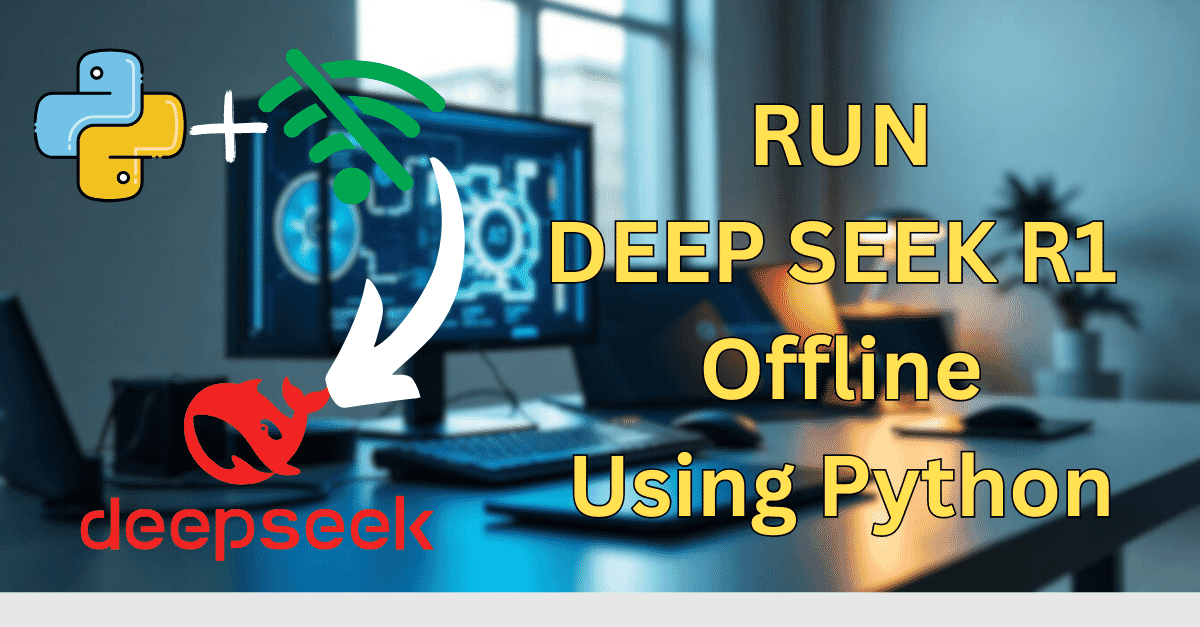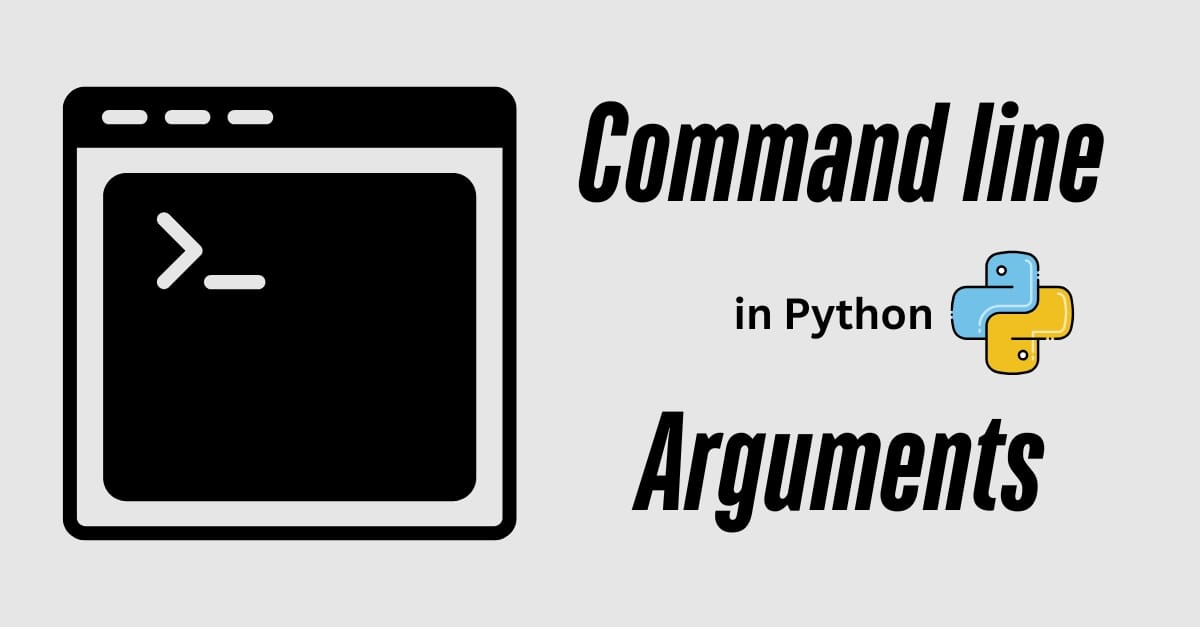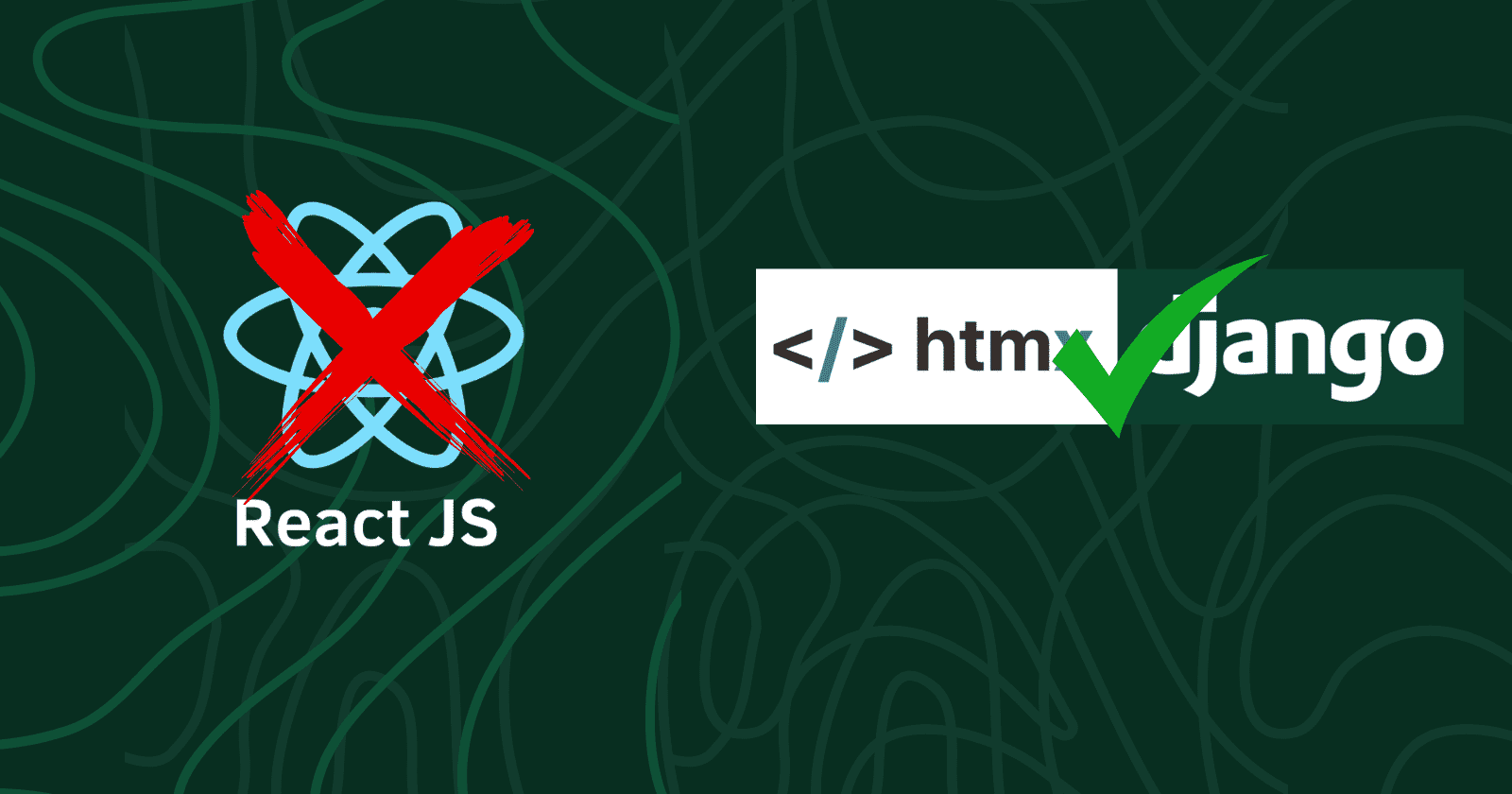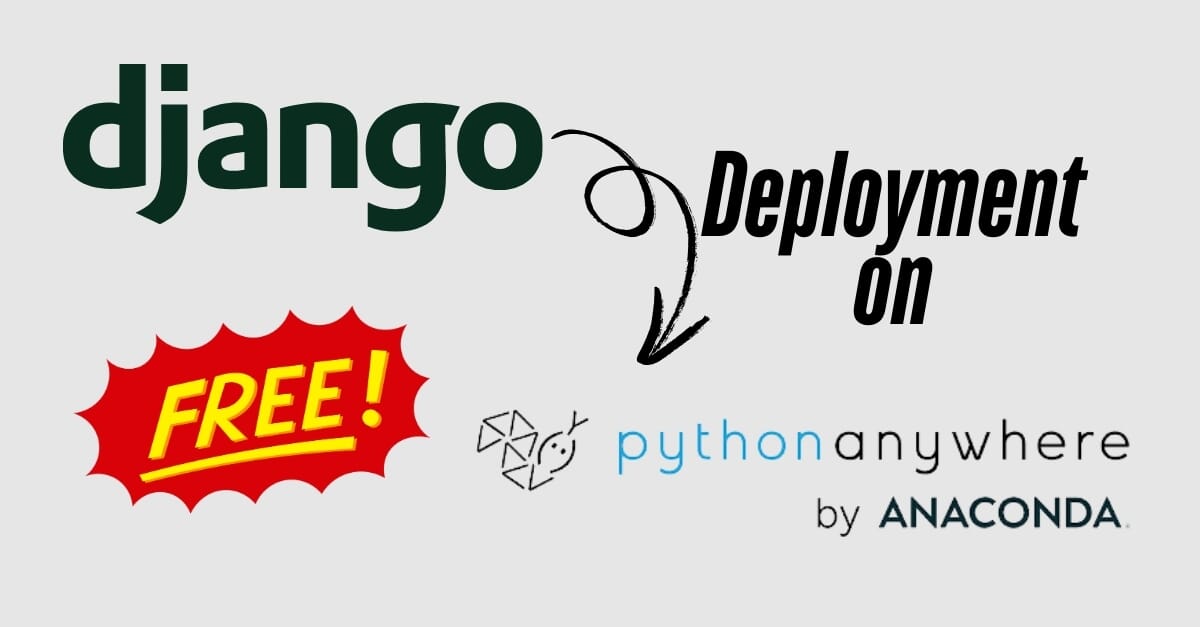Local computing and artificial intelligence are coming together. Using sophisticated models like DEEP SEEK R1 on your computer is now simpler than ever thanks to the growth of local AI solutions. The benefits of localizing AI processing are obvious.
The Privacy Paradox of AI
AI use frequently raises privacy issues. There are concerns relating to data security and transparency when models are hosted on other's systems. You may better manage your data, improve privacy, and reduce risks by locally executing models like DEEP SEEK R1.
The Power of On-Device Processing
Without relying on the internet, local AI provides quick responses. This implies that AI can be used in offline situations as well. Additionally, local processing frequently leads to lower latency, enabling speedier interactions—a crucial aspect of time-sensitive operations.
Ollama: Your Gateway to Local AI
Ollama is a framework for locally executing sophisticated AI models. For users who are concerned about protecting their privacy and maximizing performance, it makes complicated AI systems easier to set up and maintain.
Understanding DEEP SEEK R1
Capabilities and Limitations of DEEP SEEK R1
DEEP SEEK R1 is a robust AI model designed for various tasks, including natural language processing and data analysis. However, it may face limitations in handling massive datasets or real-time processing without appropriate hardware.
System Requirements for Local Execution
To run DEEP SEEK R1 successfully, ensure your system meets these requirements:
- Processor: Quad-core or higher recommended.
- RAM: Minimum 16 GB.
- Storage: SSD storage with at least 20 GB free.
- Operating System: Compatible with Windows, macOS, or Linux.
DEEP SEEK R1's Unique Value Proposition
DEEP SEEK R1 stands out due to its sophisticated algorithms and adaptability. It can be tailored for specific tasks, making it valuable in various fields, from education to business analytics.
Setting Up Your Ollama Environment
Installing Ollama: A Step-by-Step Guide
- Download Ollama: Go to the official website and download the installer.
- Run Installation: Follow the prompts on-screen to complete the installation.
- Verify Installation: Open a terminal and type
ollama --versionto confirm the installation.
Configuring Ollama for Optimal Performance
To maximize performance, configure Ollama settings:
- Allocate sufficient memory and CPU resources.
- Set up priority for the Ollama process in your system settings.
- Adjust model parameters according to your hardware capabilities.
Troubleshooting Common Installation Issues
If you encounter problems:
- Check system compatibility with Ollama.
- Ensure all software dependencies are installed.
- Review error messages for specific guidance on what to fix.
Integrating DEEP SEEK R1 into Ollama
Importing the DEEP SEEK R1 Model
Importing the model is straightforward:
- Open your terminal.
- Use the command
ollama pull deepseek-ai/deepseek-r1:1.5bto download it. - Follow prompts until the model is ready for use.
Testing the Integration: A Practical Example
To test your integration:
- Launch Ollama.
- Run a basic command:
ollama run deepseek-ai/deepseek-coder:1.5b --input "Hello, AI!". - Verify the output for accuracy.
Optimizing Model Parameters for Local Use
Adjust parameters based on your needs. For example, modifying batch size can improve processing speed but may require more memory.
WANT MORE POWER?
You can improve your DEEP SEEK R1 model by pulling a larger version with more parameters if you require even more processing power. Simply run:
where X represents the number of billions of parameters in the model. The higher the parameter count, the more capable the AI becomes in understanding complex queries, generating high-quality content, and handling advanced data analysis tasks.
Choosing the Right Model Size
- 1.5B Parameters – Lightweight and efficient, ideal for quick tasks and limited hardware.
- 7B Parameters – A balanced option, great for handling more sophisticated tasks while maintaining good performance.
- 13B+ Parameters – Best for heavy-duty AI applications, such as deep research, complex data processing, or AI-driven automation.
Hardware Considerations
Larger models require more computational resources. Before upgrading, ensure your system has sufficient RAM and processing power to handle the increased workload smoothly.
Optimizing Performance
- Allocate more system memory to Ollama for smoother execution.
- Use GPU acceleration if available to speed up inference times.
- Fine-tune model settings for optimal results based on your use case.
By selecting the right model size and optimizing your setup, you can unlock the full potential of DEEP SEEK R1 and elevate your AI-powered workflow.
Utilizing DEEP SEEK R1 Locally
Real-world Application Scenarios
The DEEP SEEK R1 model can be applied in:
- Content Creation: Generate articles or reports efficiently.
- Customer Support: Power chatbots for instant responses.
- Data Analysis: Process and visualize data trends quickly.
Managing Resources and Performance
Monitor CPU and memory usage to ensure efficient operations. Tools like Task Manager or Activity Monitor can help track performance.
Addressing Potential Bottlenecks
Identify bottlenecks by analyzing slow processes. Upgrade hardware if necessary, focusing on RAM and CPU for better overall performance.
Advanced Techniques and Customization
Fine-tuning DEEP SEEK R1 for Specific Tasks
Customize DEEP SEEK R1 for particular tasks by providing specific datasets for training. This will enhance its effectiveness in specialized areas.
Extending Functionality with External Libraries
Integrate additional libraries for expanded capabilities. Libraries for text processing or visualization can further enrich the power of your local AI setup.
The Future of Local AI with Ollama
Local AI continues to evolve. As models become more sophisticated, Ollama will likely expand its functionalities, making local processing even more powerful and user-friendly.
Conclusion: Embrace the Power of Private AI
Local AI offers an array of benefits, from enhanced privacy to improved performance. By utilizing DEEP SEEK R1 within the Ollama framework, you can harness these advantages effectively.
Key Takeaways and Best Practices
- Prioritize privacy by running AI models locally.
- Ensure your system meets the necessary requirements.
- Continuously optimize your setup for best results.
Future Directions in Local AI Development
As local AI technology advances, the potential applications are limitless. Stay informed about new developments, tools, and techniques to keep your setup at the forefront.
Call to Action: Start Running DEEP SEEK R1 Today
Are you prepared to take charge of your AI journey? Start your adventure right now with Ollama and DEEP SEEK R1. Change the way you work and create by embracing the potential of local, private AI!







No comments yet. Be the first to comment!